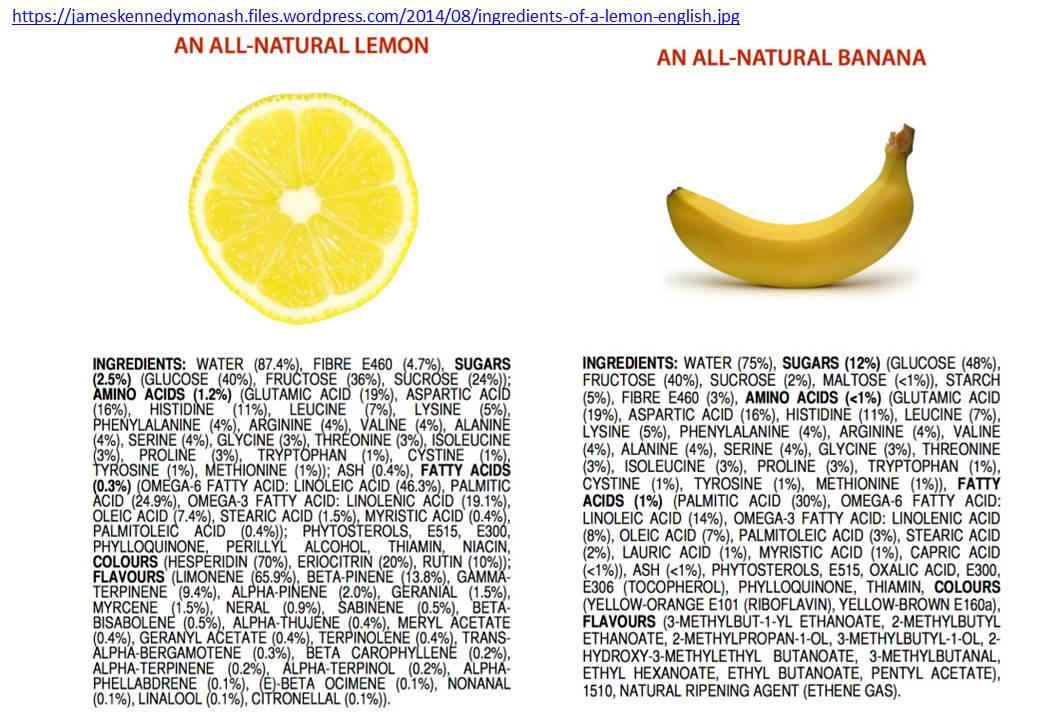"For the luxury industry, future growth may be at its feet.
.
Footwear is the product category thought to have the greatest potential for rapid expansion. It has certainly attracted the interest of some of America’s biggest fashion players.
...
On the other side of the Atlantic, Europe’s biggest mega-brands have reason to be just as enthusiastic about the category. At Gucci, for example, shoes drove 19 percent (€1.2 billion) of the brand’s 2017 revenue, up from 13 percent (€409 million) in 2011. And Louis Vuitton, which has also enjoyed traction in shoes, invested more than €30 million on building a footwear product-development facility near Venice's Riviera del Brenta.
.
The wider market for luxury shoes hit €18 billion in 2017, up 10 percent year on year, according to Bain & Company. In terms of percentage growth, it was matched only by jewellery.
...
And even though there are plenty of shoes priced over $1,000, like handbags, footwear has lower cost-per-wear and higher margins than apparel.
...
Consumers are also spending more on shoes than ever, averaging $248 on shoes in 2016, up from $212 in 2006, according to data from the American Apparel and Footwear Association. And they're buying more pairs, too, at least in the US: Americans purchased an average 7.6 pairs of shoes in 2016, up from 5.9 pairs in 1996. “In the past you only needed three or four pairs of shoes and you were sorted,” said Sagra Maceira de Rosen, non-executive chairperson of Naga Group and co-author of The Towering World of Jimmy Choo. “Now, there are so many more categories. Fashion is driving the market more than ever before.”
...
One challenge is that a shoe’s success is predicated on the temporal relevance of its silhouette, even more so than fashion or handbags. If a creative director is not able to master the current look — all while maintaining a distinctive brand identity — it’s difficult to sustain momentum.
...
the category continues to hold the interest of investors and luxury groups, in part because of the expertise needed to produce a quality shoe. “It is the most difficult category in terms of product development and manufacturing,” says Franco Pené, chairman of Onward Luxury Group, which acquired a controlling stake in London-based label Charlotte Olympia in 2017 for its manufacturing expertise. “A one-millimetre difference can be a pain for your feet. It’s not a product that is so easy to manage.”
...
Consumer appetite for luxury sneakers — which generated €3.5 billion in 2017, up 10 percent year-over-year — is also fuelling the footwear fire.
...
“Whatever happens, the trend of tomorrow is that shoes will become more and more technical and support the physical needs of individuals.”"
Trechos retirados de "Capitalising on the Footwear Opportunity"










